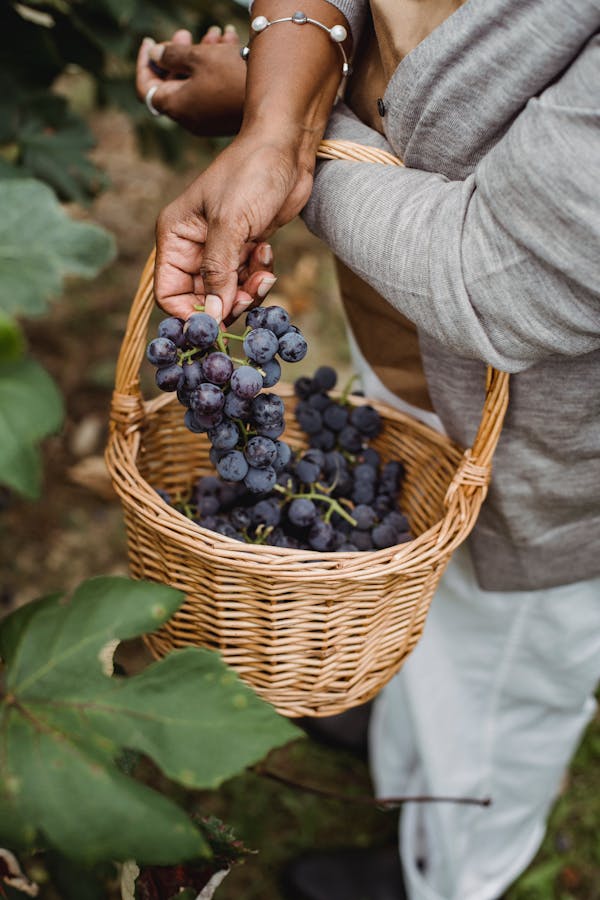Farm products are crops, livestock and supplies used in farming. They also include items that are held by a debtor engaged in farming as security for a loan.
The Farm Products Unit carries out programs like New York State branding laws inspections, egg certification and country of origin labeling surveillance. It also provides a variety of other optional services. Check out more at Founder lawsuit.
Fruits and Vegetables
As the main source of minerals, vitamins, and fibers in our diets, fruits and vegetables provide many health benefits. They also play an important role in nutrition security for low-income families. However, current production and consumption patterns need to be changed. The US average daily intake of fruits and vegetables is only half of what federal dietary guidelines recommend. This dietary shortfall contributes to expensive and deadly diet-related chronic diseases.

Research shows that increased vegetable and fruit production can lead to improved human nutrition and economic opportunities for smallholder farmers. They can grow crops with short growing cycles and intercropping, which can improve the nutritional quality of food and allow farmers to earn more income from the sale of their products.
The Farm Products Unit provides optional third-party grading and certification services, and food safety verification audits to the produce industry on delegated authority from the USDA. In addition, it carries out New York State branding law inspections, seed potato field inspections for certification and shell egg surveillance, and controlled atmosphere apple storage licensing.
Dairy Products
Dairy is a regular part of many people’s diets and is a key agricultural commodity worldwide. Fresh milk and other dairy products have a short shelf life, and so need to be transported and stored in refrigerated conditions. Dairy farmers can produce value-added products like cheese, yogurt, ice cream and butter at their on-farm processing facilities.
Microscopy is useful for studying the structure of dairy products, particularly at the nano- and microlength scales. These structures strongly influence product behavior and quality. For example, they can form foams, emulsions, gels and crystalline networks. Tracking these changes throughout the formulation, processing and storage cycles helps to understand the physics behind more indirect physicochemical analyses such as rheology or spectroscopy.
Most dairy products are made from cows’ milk, but milk from other species (such as sheep and goats) can also be used in some countries. In some cases, manufacturers can make imitation or analogue dairy products, but these must be clearly labelled as non-dairy products so that consumers are not misled.
Meat
Meat is the flesh of animals, usually cattle, pigs or sheep, eaten as food. It contains important proteins, vitamins and minerals. It is also a source of fat, which can influence flavour, tenderness and other qualities. It can be prepared as a variety of meals. Other animal parts, like livers, kidneys and hearts, can be consumed as well.
Consumption of meat varies between countries and is related to income levels. However, animal agriculture has its drawbacks including deforestation, biodiversity loss, antibiotic resistance and zoonotic disease outbreaks.
There is an opportunity for increasing meat production in developing countries by raising dual-purpose animals, that thrive under local climatic conditions and withstand local diseases. In addition to increasing the profitability of livestock production there is a need for improving food safety standards and improving storage, handling and distribution. Currently, much of the raw agricultural-based products are discarded due to spoilage which can be reduced only through significantly improved hygiene and better processing.
Poultry
Poultry is domesticated birds of the orders Galliformes (chickens, turkeys) and Anseriformes (ducks, geese, squabs). They are the most popular meat and egg source globally, consumed across diverse cultures, traditions, and religions. The poultry industry is characterized by intensive commercial breeding and processing operations that generate high yield meat and egg breeders for the mass market. Small family poultry farms are becoming increasingly popular as a sustainable way to raise poultry in resource-limited settings. In these systems, poultry fulfill several roles in the household including meat and egg consumption, breeding, livestock exchange, and pest control.
The billions of factory farmed chickens require huge quantities of feed, which is often grown on land that is towed away from its natural environment (e.g. soy). This waste is then used as fertilizer, but can leak into waterways and destroy biodiversity. Poultry is also a significant contributor to climate change through methane emissions and habitat loss. For this reason, LCAs that include environmental and economic impacts are important for understanding the full life cycle of poultry production.